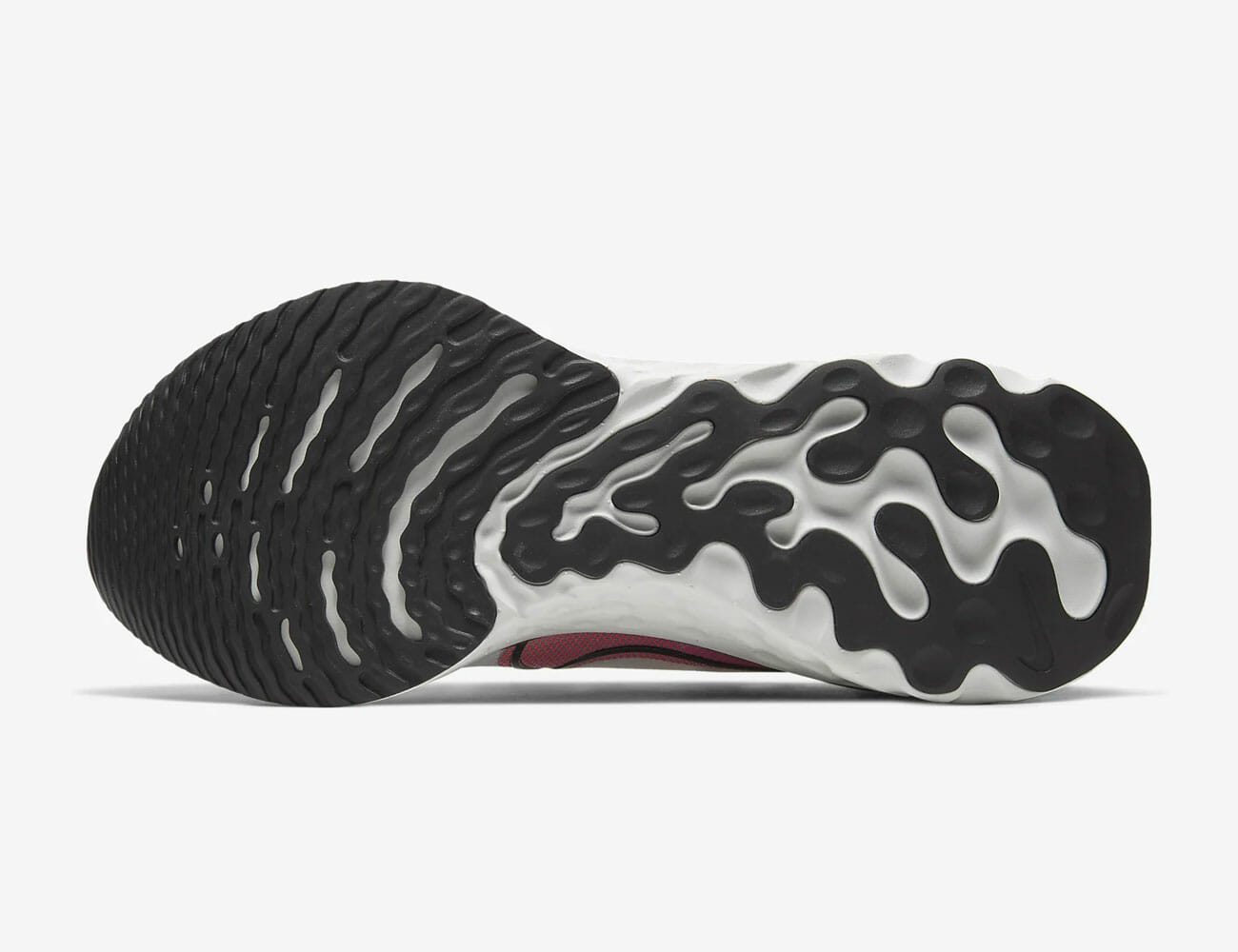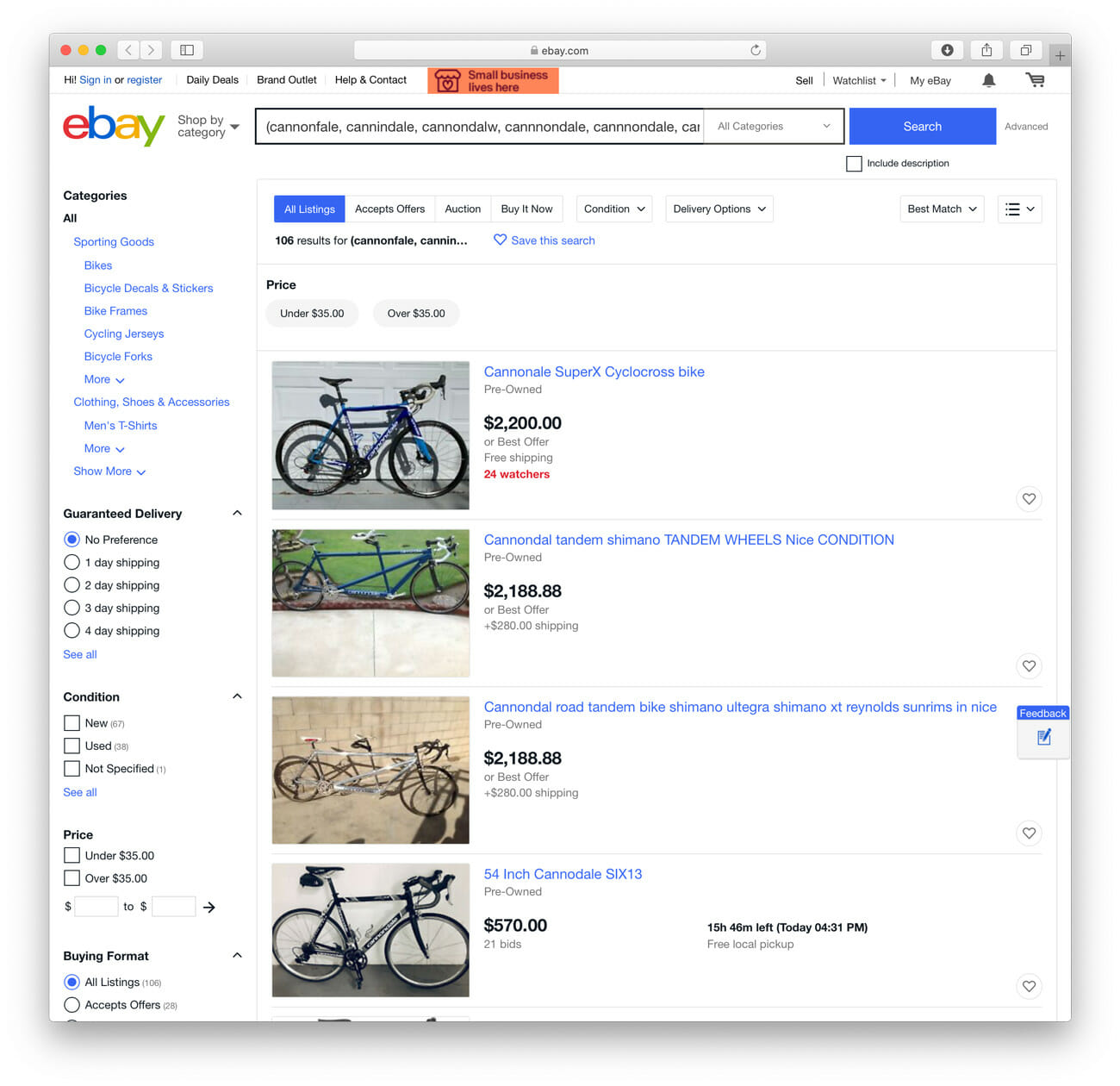“No runner should get injured.” That’s the ultimate goal that Matt Nurse, vice president of Nike’s Sport Research Lab, calls the impetus behind the company’s newest running shoe, the React Infinity Run.
Nurse describes this vision as a “North Star,” and lofty it is indeed; various studies have reported the prevalence of running injuries among long-distance runners to range from 19 to 92 percent. If at best, nearly a fifth of runners experience some form of injury, then Nurse and the team at Nike have their work cut out for them.
As a starting place, Nike looked to two successful running shoes that it released in 2017. One was the Epic React, a crowd-pleaser that combined a lightweight knit upper with a new foam that’s lighter, more durable and more responsive than any the company had made previously. The other is the Zoom Vaporfly, a race-day shoe that pros have worn to set the five fastest marathon times ever. Eliud Kipchoge wore a prototype version rumored to come out this year to run the first sub-two-hour marathon in October 2019.


The React Infinity Run draws from both. It has 24 percent more of the light-yet-durable React foam of the Epic and, like the Vaporfly, uses an efficiency-improving rockered bottom. But it isn’t a pure blend; the React Infinity Run also has a broader and more stable base and an improved three-layer Flyknit mesh upper. Unlike those other shoes, it also has a reasonably rigid heel cup.
Nike claims that this combination of features and ingredients provides a stable platform without the tamped feeling that comes with many stability-oriented running shoes. But do they actually prevent injury? According to an external study that Nike commissioned through the British Columbia Sports Medicine Research Foundation, the answer is yes.
In the study, researchers tracked 226 runners as they trained for a half marathon over 12 weeks. Half of the group wore the React Infinity Run while the other half wore Nike’s Air Zoom Structure 22, which is more of a traditional stability shoe. The results found that while 30.3 percent of the Structure 22 runners experienced an injury (defined in the study as “missing three or more consecutive runs due to running related pain”), only 14.5 percent of those wearing the React Infinity Run were injured.
We should digest these results with a grain of salt as a Nike shoe was used as the control. But while many brands regularly unveil leg-saving shoes backed by research, Nike’s recent track record stands true. An exhaustive 2018 analysis of race results by The New York Times revealed that Nike’s Vaporfly 4% actually does make runners faster by roughly four percent, on average, and a 2019 follow-up of the subsequent Vaporfly Next% showed improvements over that.


Sneaker-driven injury prevention is not a new concept in the running world, where companies regularly give materials and features flashy names like Asics’s FluidFit (a reinforced mesh upper) or Brooks’s GuideRails (support features built into a running shoe’s sole). Many of these so-called technologies aim to address issues with pronation – how the foot rolls, bends and flexes when it strikes and lifts off the ground – and a shoe fitting at a specialty running store likely will entail a store clerk watching and filming you run on a treadmill to find out if you’re an over- or under-pronator.
Newer research-backed philosophies on shoe choice suggest that runners should focus less on fixing pronation issues and run in the shoes that they find most comfortable. Every runner has different physiology and runs with a different gait on different terrain, after all, so how can a single shoe or technology fix all of our separate and unique problems?
Interestingly enough, the React Infinity Run’s features don’t directly target such specific issues. Instead, it promises lightness, stability and “a smooth ride.”
Gear Patrol received early samples of the shoe, and a number of us have been wearing it regularly for roughly two months. By no means do we make up a meaningful sample size, but our running habits and shoe preferences differ enough to leave space for debate. While we all agree that the shoes are markedly comfortable out of the box – thanks to the snug Flyknit upper and not-too-soft React foam – one staffer reported that his biggest qualm with the shoe is “a lack of snugness around the heel cup. With thin socks, it almost feels like the shoe could come off, so I’ve resorted to thicker socks to make up the difference.”
I experienced a similar issue, so I crank the laces tight when running in them to compensate. At the same time, one tester praised the fit of the updated upper, noting that it holds her forefoot in place better than previous iterations.
It’s hard not to compare the React Infinity Run with other Nike models. Another tester says one of the shoe’s pros include better performance running in foul weather compared to the Epic React. And the shoe definitely does feel more stable compared to other Nike shoes that use Flyknit, without becoming overly stiff or clunky.


If our narrow range of experiences and opinions about the new shoe prove anything, it might be that in running shoes, there is no one size fits all.
So what about injury prevention? Well, none of us have experienced any twinges over the past months of testing. In fact, I began testing concurrently with renewed visits to a physical therapist to address knee pain (from cycling, not running), while a colleague dealt with a bout of plantar fasciitis.
“My arches were killing me,” she says. “I logged a handful of five-mile runs, and wore the shoes casually on weekends, and was soon back to normal. While I can’t say for sure what fixed me, these shoes didn’t hurt.”
Disclosure: One of the runners who tested the React Infinity Run is married to a Nike employee.




